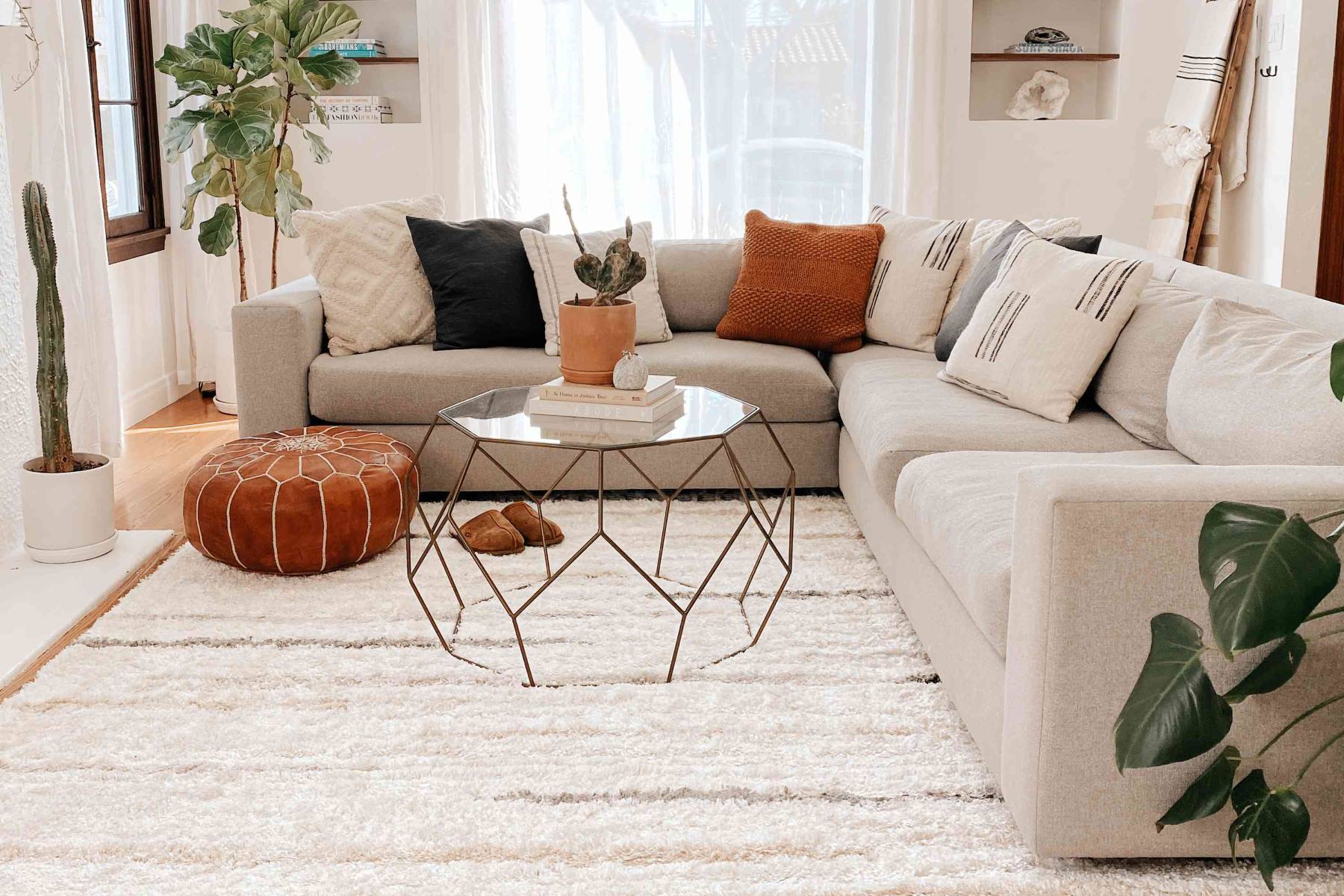

Articles
Where To Put Rugs
Modified: January 18, 2024
Looking for detailed articles on where to put rugs in your home? Discover expert tips and advice on rug placement and create a stylish and cozy living space.
(Many of the links in this article redirect to a specific reviewed product. Your purchase of these products through affiliate links helps to generate commission for Storables.com, at no extra cost. Learn more)
Introduction
When it comes to interior design, one often overlooked element that can make a significant impact on the overall aesthetics and functionality of a space is rugs. Rugs not only add warmth and comfort to a room, but they also serve as decorative pieces that tie the entire space together.
However, deciding where to put rugs can be a bit of a challenge. Should you place a rug in the living room? What about the dining room or bedroom? With so many options, it’s important to understand the different considerations when it comes to rug placement.
In this article, we will explore various areas in the home and shed light on where to put rugs for maximum effect. Whether you’re looking to create a cozy atmosphere in the living room or add a touch of luxury to your bedroom, we’ve got you covered.
So, let’s dive in and discover the best spots to place rugs in different areas of your home!
Key Takeaways:
- Rugs can transform any space, from the living room to the outdoor area, by adding warmth, style, and functionality. Carefully consider placement, material, and style to create a cozy and inviting atmosphere.
- Whether it’s defining a dining area in the kitchen or creating an inviting outdoor retreat, rugs have the power to enhance living spaces. Embrace the possibilities, experiment with placements, and create a space that reflects your personality.
Read more: Where To Donate Rugs
Living Room
The living room is often the heart of the home, a space where family and friends gather to relax and unwind. Placing a rug in the living room can instantly transform the space, adding both comfort and style.
One popular option is to place a large area rug underneath the seating arrangement. This helps define the seating area and creates a cozy atmosphere. Make sure the rug is large enough so that all the furniture legs are resting on it. This not only adds visual appeal but also prevents the rug from sliding around.
If you have a smaller living room, a rug placed in the center of the room can also work well. This adds a focal point and can make the space feel more inviting. Consider using a round or oval-shaped rug to soften the angles of the furniture and create a harmonious flow.
Another creative idea is layering rugs. By adding a smaller rug on top of a larger one, you can add depth and visual interest to the living room. Mix and match different textures and patterns to create a unique and personalized look.
Don’t forget about the coffee table! Placing a small rug underneath the coffee table can help anchor the space and add a touch of refinement. Make sure the rug is proportional to the size of the table and extends slightly beyond the edges.
When it comes to rug materials, consider the level of foot traffic in your living room. If you have pets or young children, opt for durable and easy-to-clean materials such as synthetic fibers or wool blends. However, if it’s a low-traffic area, you can indulge in luxurious options like silk or Persian rugs.
Ultimately, the goal is to create a comfortable and inviting space in the living room. Experiment with different rug placements and sizes until you find the perfect balance that complements your furniture and enhances the overall design of the room.
Dining Room
The dining room is a space dedicated to sharing meals with loved ones, making it the perfect place to incorporate a rug that adds both style and practicality to the room.
One common placement option for a dining room rug is to have it centered under the dining table. This not only creates a focal point in the room but also helps define the dining area. It’s important to choose a rug that is large enough to accommodate both the table and the chairs when they are pulled out.
Ensure that the rug extends at least 24 inches beyond the edges of the table on all sides so that chairs can be comfortably pulled back without catching on the rug. This also prevents the chairs from scratching the floor underneath.
In terms of shape, rectangular rugs are the most commonly used choice for dining rooms. However, if you have a round or oval dining table, consider using a similarly shaped rug to create a harmonious look.
It’s also worth mentioning that rug materials play a crucial role in the dining room. Given the potential for spills and stains, it’s best to opt for rugs made from stain-resistant materials such as synthetic fibers or those treated with a protective coating. This will make it easier to clean any food or drink mishaps that may occur during mealtime.
An alternative placement option is to have a runner-style rug along the length of the dining table. This works particularly well for long dining tables or in open-concept spaces where the dining area flows into another area, such as the living room. The runner adds a visual element that helps separate the dining space from the rest of the room.
Remember, the key is to create a functional and visually appealing dining area. Choose a rug that complements the style and colors of your dining room furniture, and don’t be afraid to experiment with different rug sizes and shapes to find the perfect fit for your space.
Bedroom
The bedroom is a sanctuary, a place where we retreat to rest and rejuvenate. Adding a rug to the bedroom can enhance the cozy and comforting atmosphere, while also adding a touch of style and luxury.
One common placement option is to have a large area rug underneath the bed. This creates a soft and inviting surface for your feet when you wake up in the morning. Make sure to position the rug in a way that extends beyond the sides of the bed, allowing for a visually balanced look. The rug should extend at least 2-3 feet on each side of the bed, providing a comfortable landing for your feet when you step off the bed.
If you have a smaller bedroom or a bed placed against a wall, a smaller rug placed at the foot of the bed or on one side can also work well. This adds a pop of color and texture, while still providing a cozy feel when you step out of bed.
When it comes to rug materials, consider the texture and feel underfoot. Plush and soft materials like shag or faux fur can add a luxurious touch to the bedroom. However, if you have allergies, it’s best to opt for hypoallergenic or natural fiber rugs such as cotton or wool.
In terms of style, rugs with soothing and calming colors can help create a relaxing ambiance. Alternatively, a bold and vibrant rug can serve as a focal point and add a pop of personality to the room. Consider your overall bedroom decor and select a rug that complements the existing color scheme.
For those who have hardwood or tile flooring in the bedroom, adding a rug can also help with noise reduction. The softness of the rug absorbs sound, creating a quieter and more peaceful sleeping environment.
Remember, the bedroom is your personal sanctuary, so choose a rug that not only enhances the overall design of the space but also provides the comfort and coziness you desire for your haven of relaxation.
Entryway
The entryway is the first space visitors see when they enter your home, so it’s essential to make a welcoming and stylish first impression. Placing a rug in the entryway not only adds a functional element by trapping dirt and debris, but it also sets the tone for the rest of your home’s interior design.
When choosing a rug for the entryway, consider the size and shape of the space. A rectangular or runner-style rug works well in a narrow entryway, while a round rug can add a touch of elegance in a larger and open entryway. Measure the area to ensure the rug fits comfortably without obstructing doors or walkways.
Depending on your preference, you can either choose a rug that covers the entire entryway or place it partially under a console table or bench. This creates a defined space for guests to step into and adds a visual anchor to the area.
When it comes to materials, go for durable options that can withstand heavy foot traffic, as the entryway tends to be a high-traffic area. Rugs made from natural fibers such as jute or sisal are not only sturdy but also add a touch of texture and warmth to the space.
In terms of style, the entryway rug is an excellent opportunity to showcase your personal taste and set the tone for the rest of your home’s interior design. Consider choosing a rug that complements the overall color scheme and style of your home. If you want to make a bold statement, opt for a vibrant and eye-catching rug that adds a pop of color to the entryway.
Lastly, don’t forget about rug maintenance. Since the entryway is prone to dirt and debris, choose a rug that is easy to clean and maintain. Look for rugs that are stain-resistant or ones that can be easily spot cleaned to ensure they stay looking fresh and inviting.
By strategically placing a rug in the entryway, you can create an inviting and stylish space that sets the tone for the rest of your home, welcoming both you and your guests with warmth and charm.
When placing rugs, consider high-traffic areas like entryways and hallways for durable, easy-to-clean materials. In living rooms, choose a size that allows all furniture legs to sit on the rug for a cohesive look.
Read more: How To Put A Rug Under A Bed
Home Office
In recent years, the rise of remote work and the need for functional home offices has become increasingly prevalent. Adding a rug to your home office not only enhances the aesthetics of the space but also provides comfort and helps define the area designated for work.
When it comes to choosing a rug for your home office, consider the size and layout of the room. If you have a small office space, a smaller rug placed under the desk can help anchor the workspace and add a cozy feel. On the other hand, if you have a larger office, a larger area rug that encompasses the entire seating and workspace can create a cohesive and unified look.
Functionality is crucial in a home office, so opt for a rug that is comfortable underfoot for those long hours spent at your desk. Look for rugs with dense pile or cushioning to provide adequate support to your feet. Additionally, consider selecting a rug with a flat weave or low pile to allow for easy movement in an office chair.
In terms of style, choose a rug that complements the overall design of your home office. If you prefer a minimalist and modern look, go for a rug with clean lines and neutral colors. For a more vibrant and eclectic style, consider a rug with bold patterns or bright hues that can energize the space.
In terms of material, durability is key in a home office where there may be frequent foot traffic and the risk of spills. Synthetic fibers such as nylon or polyester are excellent choices as they are stain-resistant and easy to clean. Natural fibers like wool can also be a good option but may require a bit more maintenance.
Lastly, consider the acoustics in your home office. If you find that the room has a lot of echoes or noise, adding a rug can help absorb sound and create a more peaceful and focused work environment.
A well-placed rug can transform your home office into a productive and stylish space that fosters creativity and focus. So choose a rug that matches your style, supports your work needs, and adds that perfect finishing touch to your home office.
Kitchen
The kitchen is often the heart of a home, where meals are prepared, memories are made, and conversations are shared. While rugs may not be the first thing that comes to mind when it comes to kitchen decor, they can actually add warmth, style, and practicality to this important space.
When selecting a rug for the kitchen, it’s crucial to consider the level of foot traffic and the potential for spills and stains. Opt for rugs made from durable and easy-to-clean materials such as polypropylene or washable cotton. These materials are resistant to stains and can withstand the wear and tear of a busy kitchen.
One popular placement option is to place a rug in front of the sink area. This provides comfort and support while standing at the sink and doing dishes. Look for a rug with a padded or gel-filled backing to provide cushioning under your feet. Anti-fatigue mats are also a great choice for this area, as they are designed to reduce foot and leg fatigue.
If you have a kitchen island or a spacious kitchen with an eating area, consider placing a rug under the dining table or in front of the seating area. This helps define the space and adds visual interest. Make sure the size of the rug is large enough to accommodate the table and chairs without them feeling cramped.
When it comes to style, choose a rug that complements your kitchen’s color scheme and overall design. If you have a neutral and minimalist kitchen, you can opt for a rug with a pop of color or a fun pattern to add personality. For a more traditional or farmhouse-style kitchen, natural fiber rugs like jute or sisal can create a warm and rustic feel.
Remember to choose a rug that is easy to clean and maintain. Kitchen spills are inevitable, so look for rugs that are machine washable or can be easily spot cleaned. This will ensure that your rug stays fresh and hygienic.
Overall, a well-chosen rug can bring warmth, style, and comfort to your kitchen space. So don’t be afraid to experiment with different rug placements and styles to create a kitchen that is not only functional but also visually appealing.
Bathroom
The bathroom is a space that often gets overlooked when it comes to rug placement, but adding a rug can bring warmth, comfort, and style to this functional room. Not only does a rug provide a soft surface for your feet, but it also helps absorb excess moisture and adds a decorative touch.
When choosing a rug for the bathroom, it’s important to consider the size and layout of the space. If you have a smaller bathroom, a small rectangular or square rug placed in front of the sink or toilet can add a pop of color and create a cozy feel. Make sure the rug is not too large that it overwhelms the space.
In larger bathrooms, consider placing a larger rug that can cover a larger portion of the floor, especially if you have a spacious vanity area or a separate shower. This can create a luxurious and spa-like ambiance. However, ensure that the rug allows for easy movement around the bathroom and doesn’t obstruct any doors or cabinets.
When it comes to materials, choose rugs that are moisture-resistant and durable. Bathrooms are prone to water spills and humidity, so opt for rugs made from synthetic fibers like polyester or nylon, or rugs made specifically for bathroom use. These materials are designed to withstand moisture and are easy to clean.
Additionally, consider adding a non-slip rug pad underneath your bathroom rug, especially if you have tile or slippery surfaces. This will provide added safety and prevent any slipping accidents.
In terms of style, the bathroom rug can complement the overall design scheme of your bathroom. From vibrant colors and patterns to subtle neutrals, choose a rug that complements the existing bathroom decor. Consider the colors of the walls, tiles, and fixtures to create a cohesive look.
Lastly, remember to clean your bathroom rug regularly to maintain its freshness and hygiene. Depending on the material, you can either machine wash the rug or vacuum and spot clean it as needed.
A well-placed rug in the bathroom can add a touch of luxury and comfort, making your daily routines more enjoyable. So go ahead and choose a rug that not only enhances the aesthetic appeal but also provides a soft and inviting surface for your bare feet.
Outdoor Spaces
When it comes to outdoor spaces, rugs are often an underutilized design element that can transform a plain outdoor area into a cozy and inviting extension of your home. Outdoor rugs not only add style and personality to outdoor spaces but also provide practical benefits such as defining seating areas and protecting floors from dirt and damage.
One popular placement option for outdoor rugs is underneath a dining or lounge area. A large rug can help anchor the furniture and create a defined space for relaxing or entertaining. Choose a size that allows all the furniture legs to sit comfortably on the rug so that it doesn’t feel cramped or unbalanced.
For smaller outdoor spaces, such as balconies or cozy patios, a smaller rug placed strategically can make a significant impact. Consider placing a rug in front of a seating area or by the entrance to create a warm and welcoming atmosphere.
When selecting outdoor rugs, prioritize durability and weather resistance. Look for rugs made from materials like polypropylene or synthetic blends, as these are fade-resistant and can withstand various weather conditions. It’s also essential to choose a rug that is mold and mildew resistant, especially in areas with high humidity or rainfall.
In terms of style, outdoor rugs come in a wide range of designs and patterns. Consider the overall aesthetic of your outdoor space, whether it’s modern, bohemian, or coastal, and choose a rug that complements the existing decor. Vibrant colors and bold patterns can make a statement, while neutral tones can create a more subtle and sophisticated look.
Don’t forget about proper maintenance for outdoor rugs. Regularly sweep or hose down the rug to remove dirt and debris, and consider storing the rug during severe weather conditions or the winter months to prolong its lifespan.
Outdoor rugs can be a game-changer for your outdoor spaces, turning them into inviting retreats that seamlessly blend with your indoor living areas. So go ahead and choose the perfect outdoor rug to make your patio, deck, or garden an extension of your home’s style and comfort.
Read more: Where To Put A Dehumidifier
Conclusion
Rugs are powerful design elements that can elevate the aesthetics and functionality of any space, indoors or outdoors. From the living room to the bedroom, from the kitchen to the bathroom, and even in outdoor spaces, rugs have the ability to tie the entire room together and create a warm and inviting atmosphere.
When it comes to rug placement, consider the size and layout of the room, as well as the specific needs and traffic patterns of that area. Whether you choose to place a rug under furniture, in front of key areas like sinks and entrances, or to define a specific space, ensure that the rug is proportionate to the area and creates a visually balanced look.
Material selection is crucial, especially in areas prone to spills or moisture. Consider rugs made of durable and stain-resistant materials for high-traffic areas or rugs designed specifically for certain spaces, such as bathroom or outdoor rugs. Additionally, choose rugs that are easy to clean and maintain to keep them looking fresh and hygienic.
Style is also key when it comes to selecting rugs. Whether you prefer bold and vibrant rugs that make a statement or neutral and subtle rugs that blend seamlessly with the overall decor, there are endless options to suit your personal taste and complement your interior design style.
Ultimately, the goal is to create an environment that is both visually pleasing and functional. Rugs add depth, texture, and warmth to a space, creating a cozy and welcoming atmosphere for you and your guests.
So, whether you’re looking to add a touch of luxury to your bedroom, define the dining area in your kitchen, or create an inviting outdoor retreat, rugs can be your secret weapon. With careful consideration of placement, material, and style, rugs can transform any space into an oasis of comfort and style.
So go ahead and embrace the power of rugs to enhance your living spaces. Explore the possibilities, experiment with different placements and designs, and create a space that truly reflects your personality and makes you feel right at home.
Frequently Asked Questions about Where To Put Rugs
Was this page helpful?
At Storables.com, we guarantee accurate and reliable information. Our content, validated by Expert Board Contributors, is crafted following stringent Editorial Policies. We're committed to providing you with well-researched, expert-backed insights for all your informational needs.
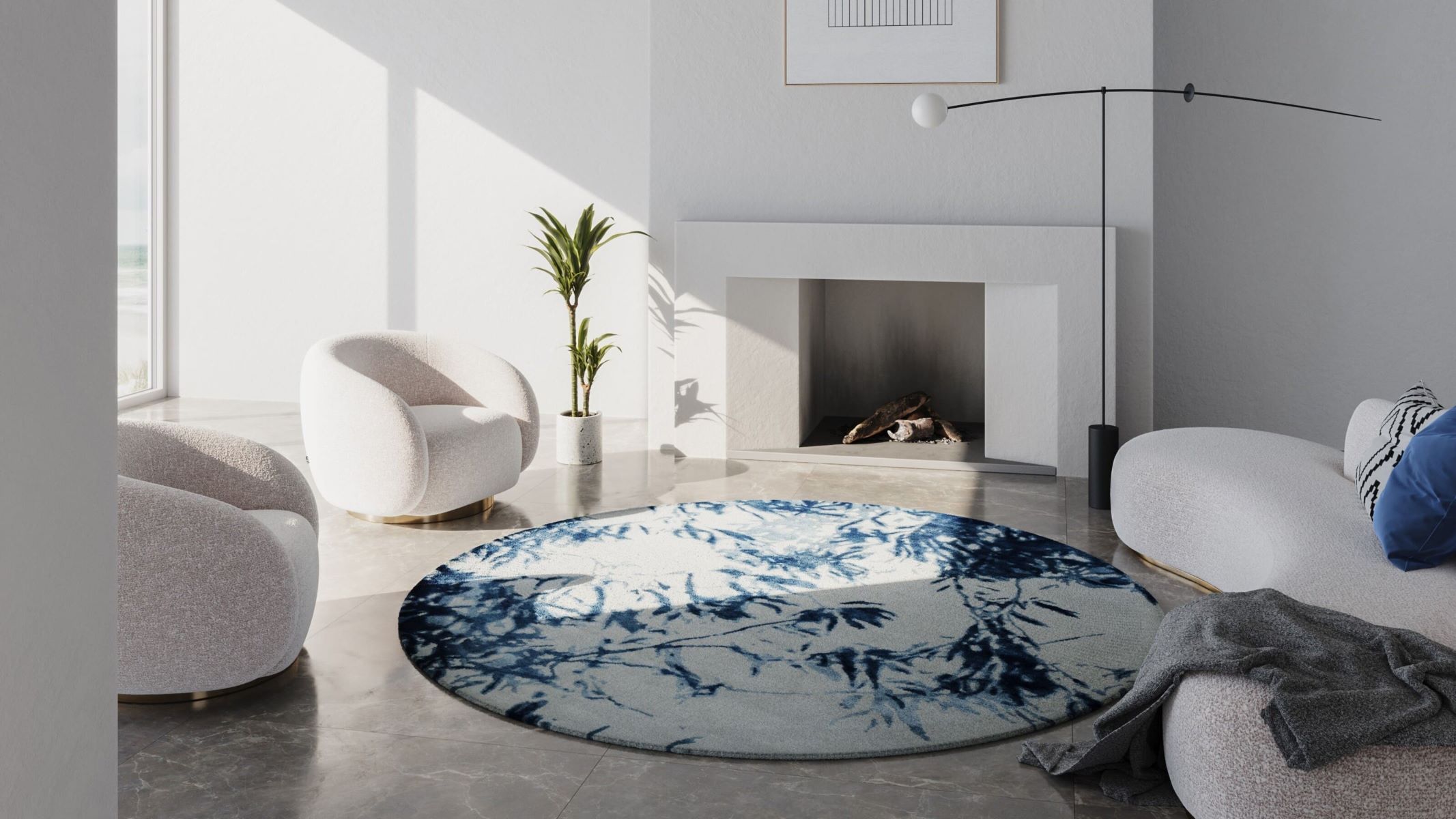

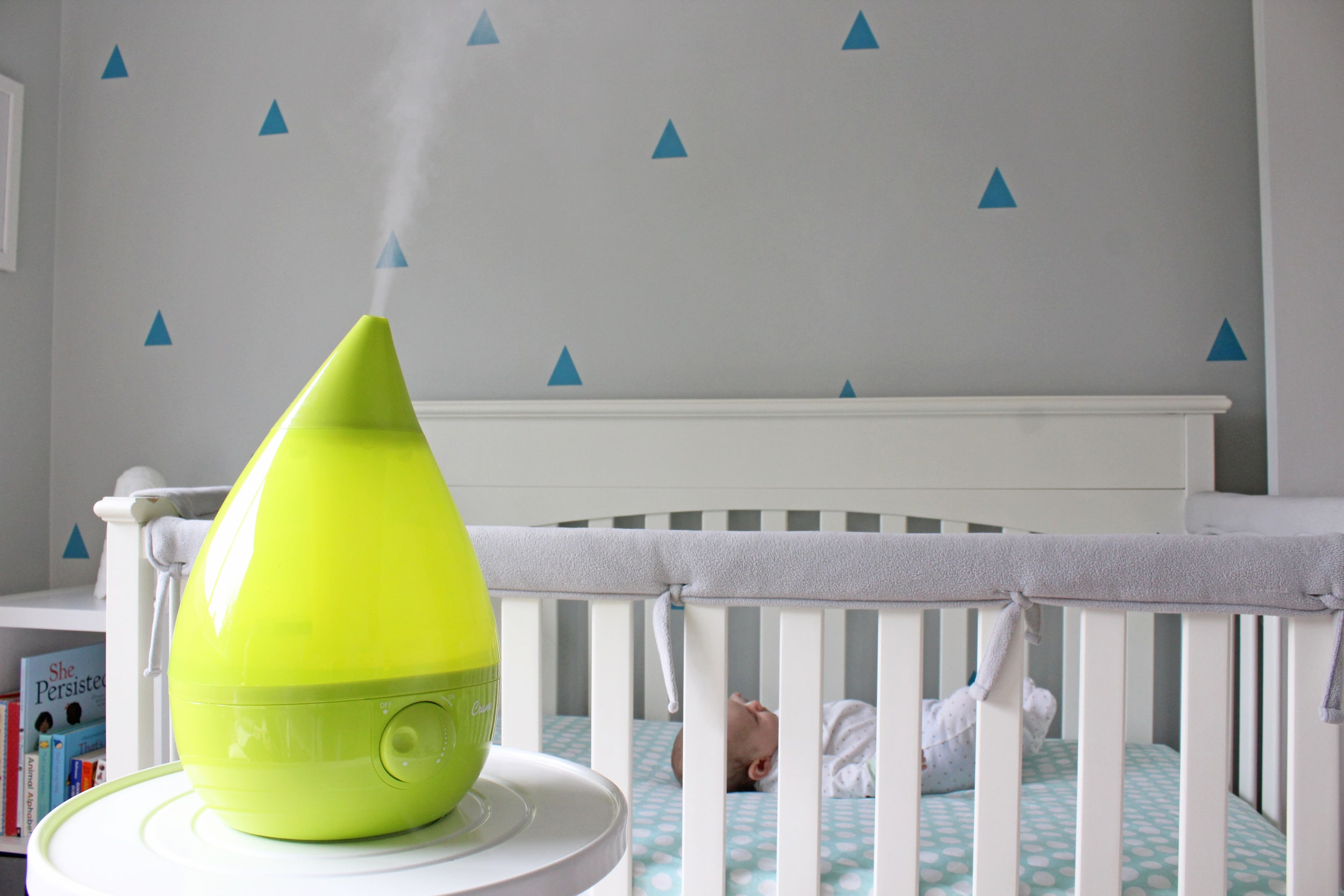
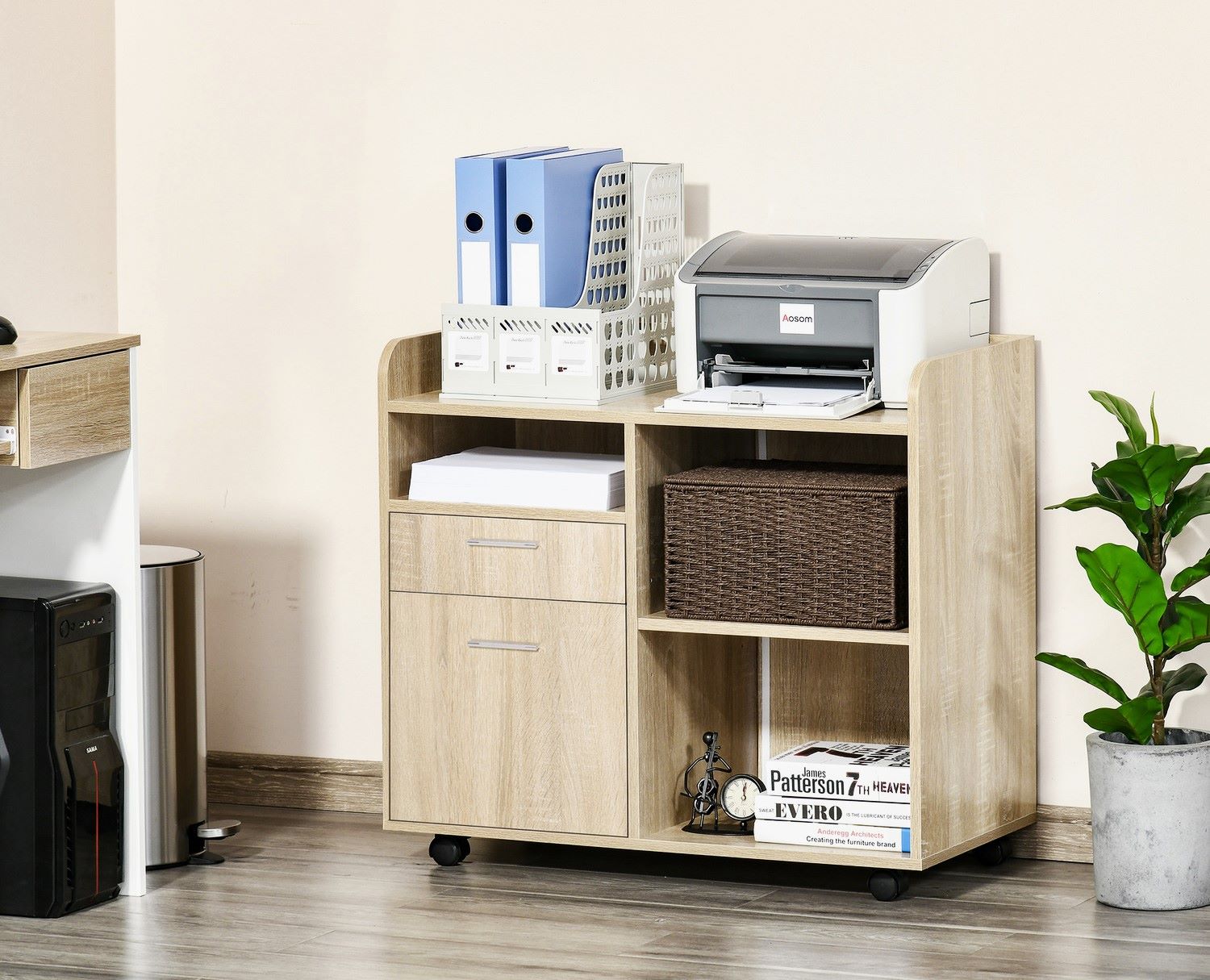
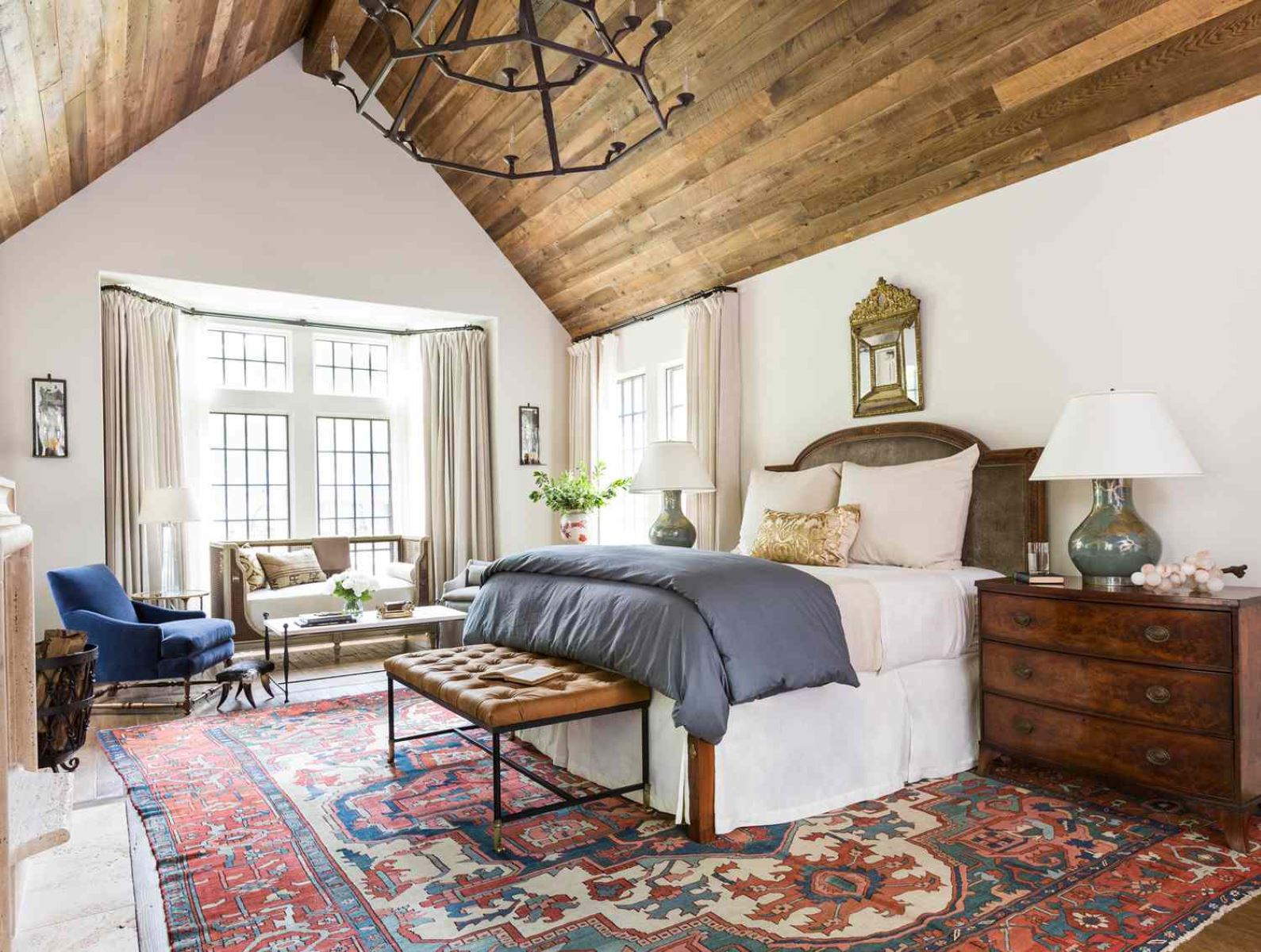
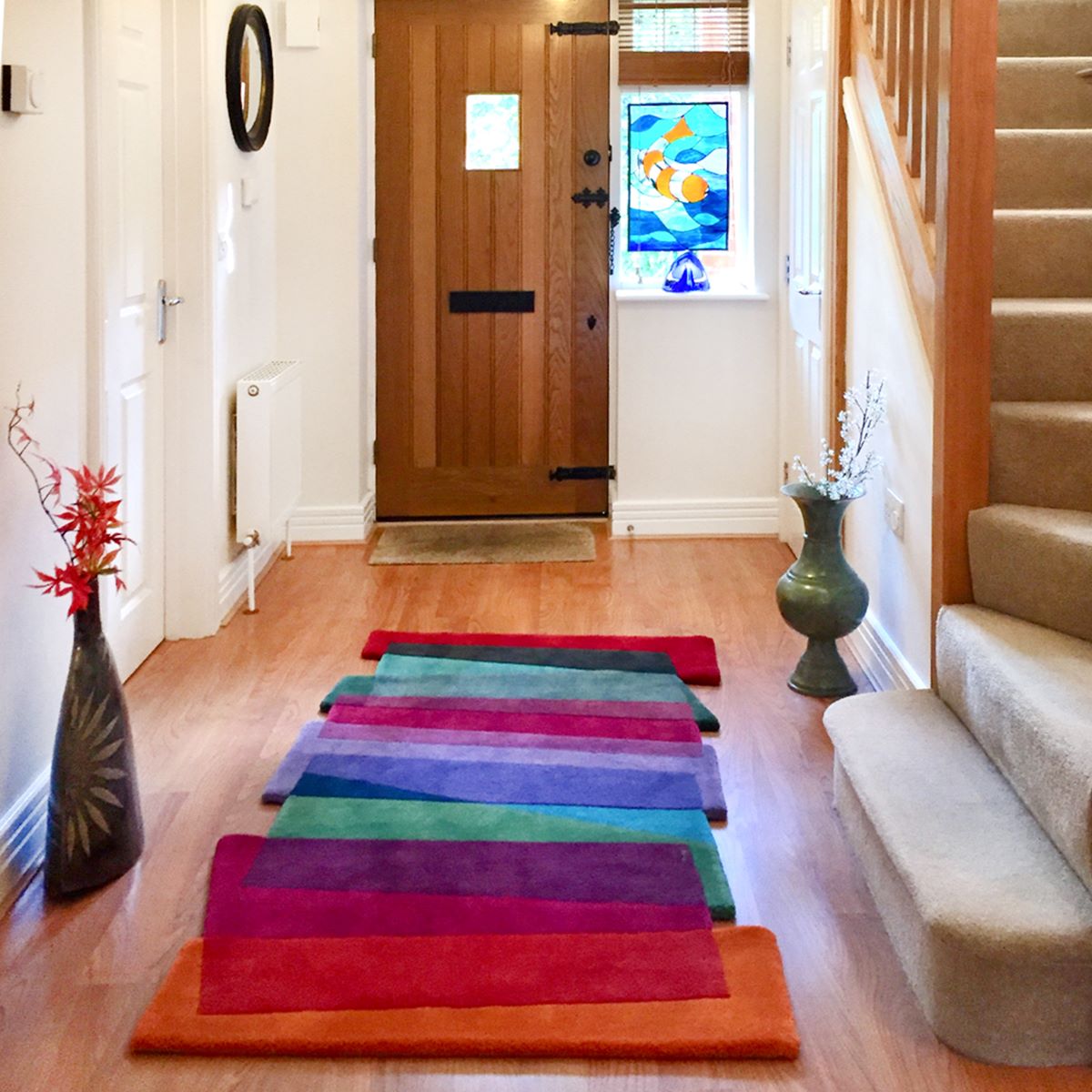
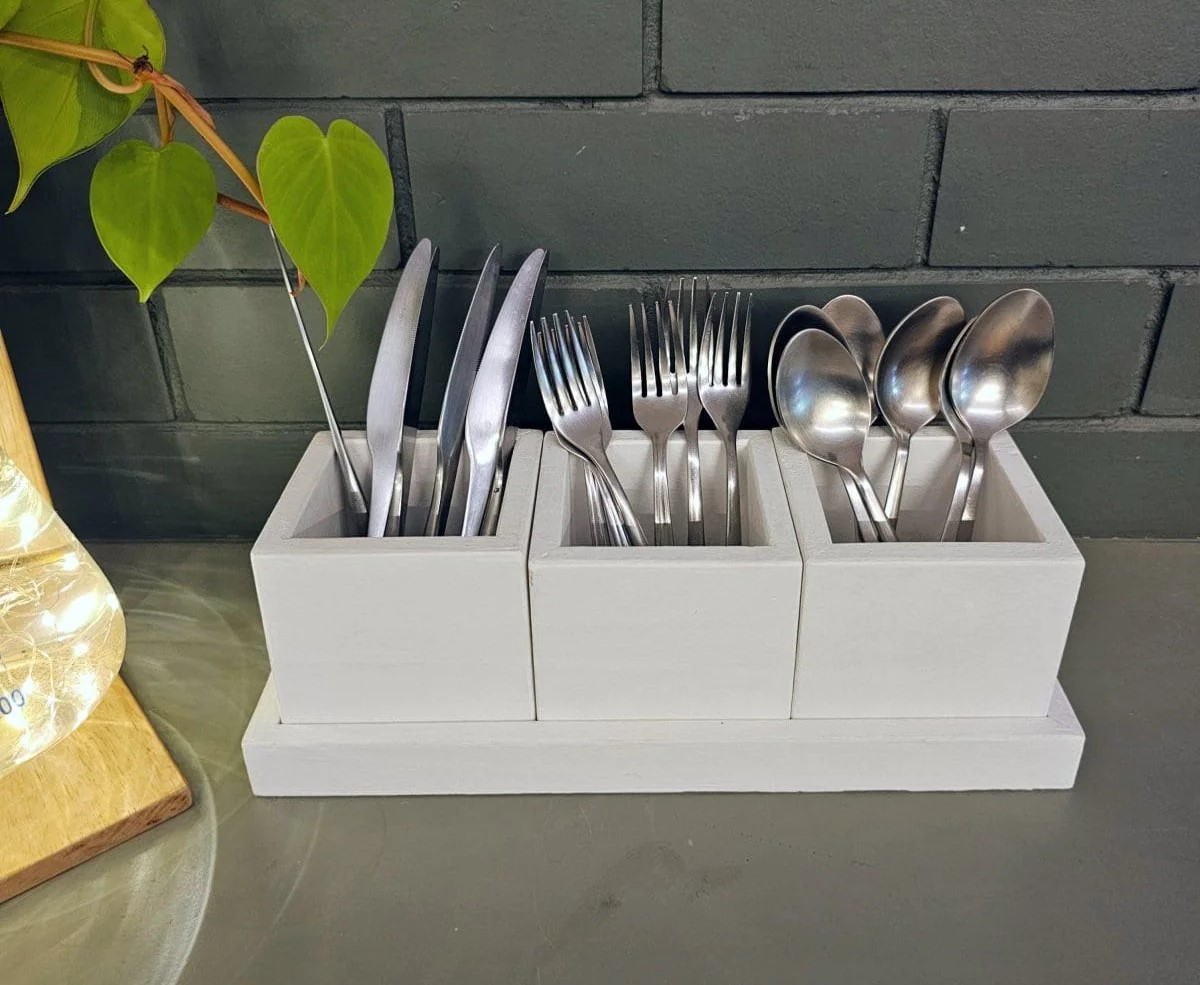



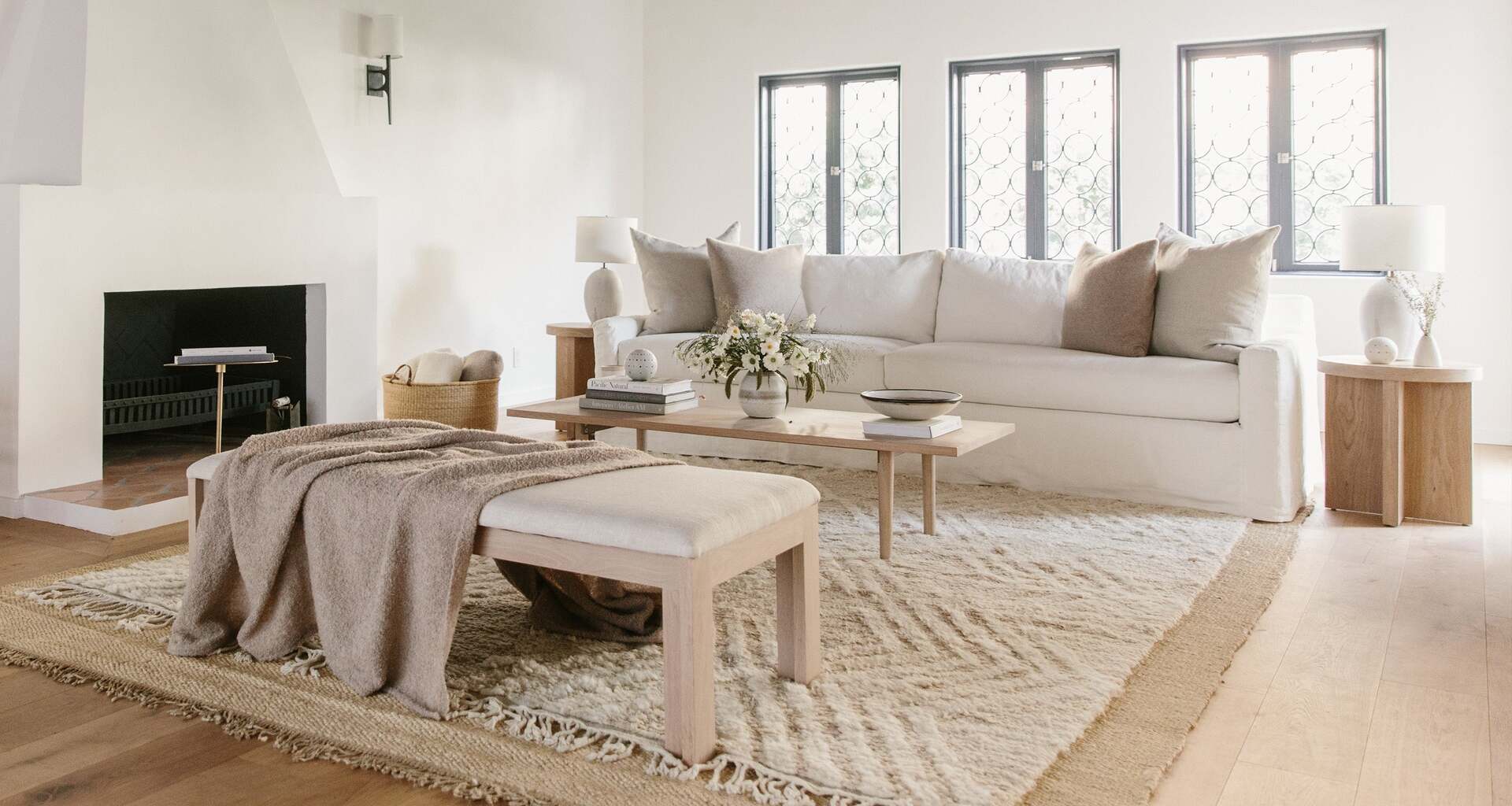
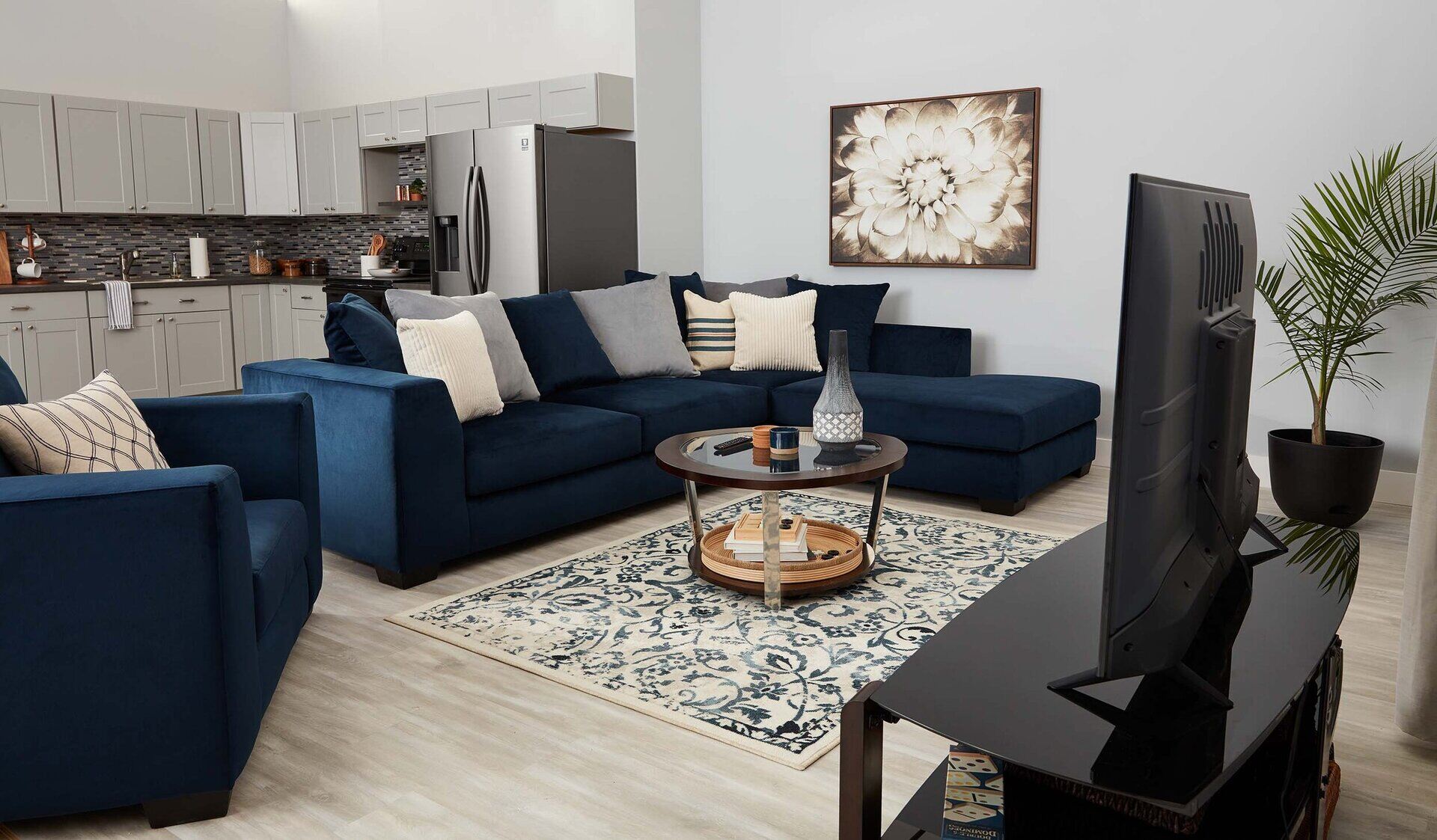
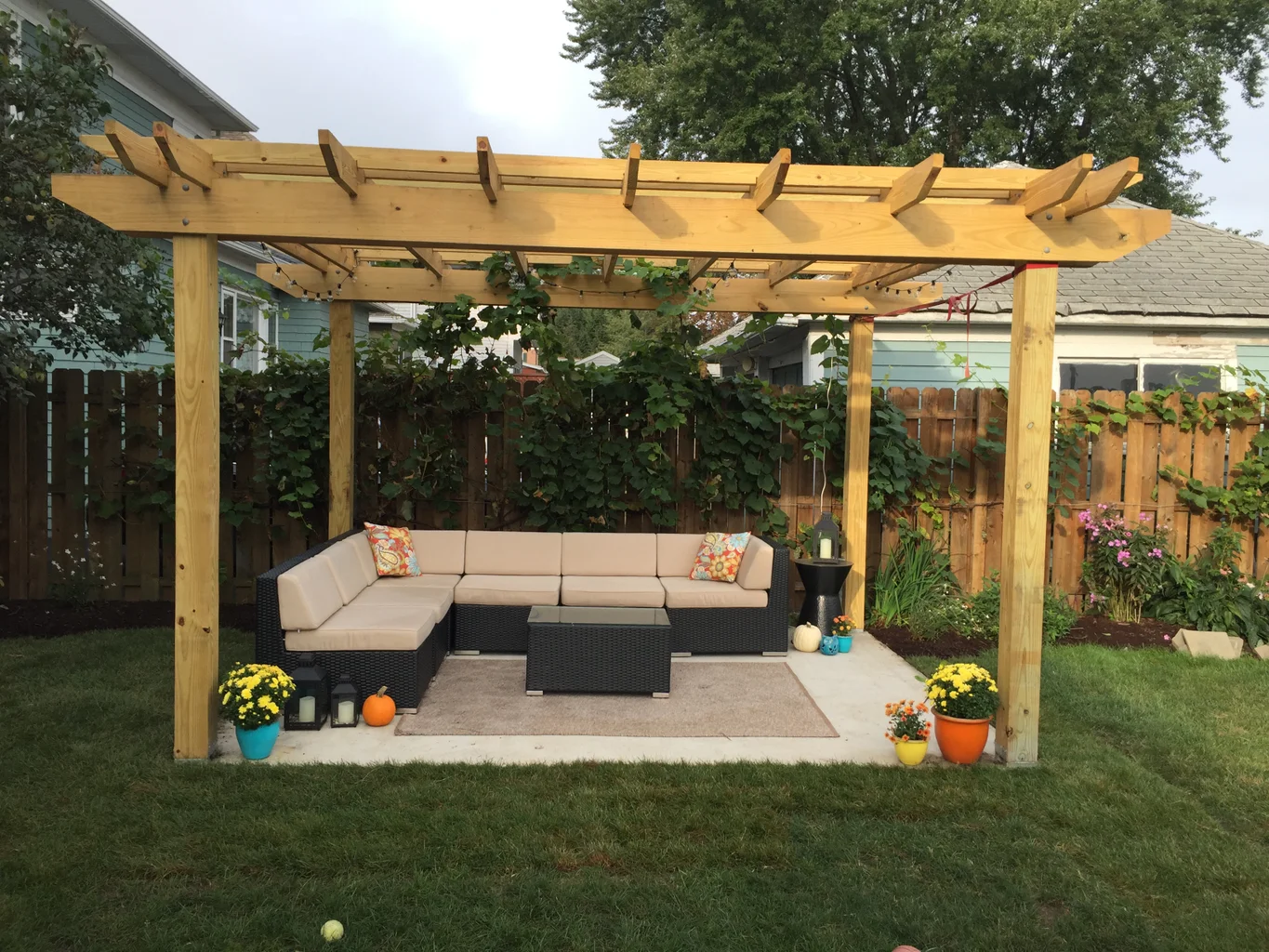

0 thoughts on “Where To Put Rugs”